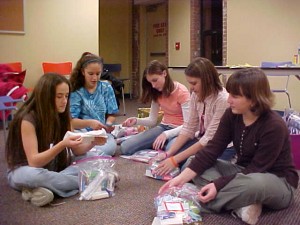Nonprofit Managers: Don’t Neglect Your Blog!
November 17th, 2012 When was the last time you updated your nonprofit’s blog? You may have started blogging a few years ago, diligently writing posts on a regular basis. But at some point, you just stopped. Is it too late to revive the blog? And is it necessary?
When was the last time you updated your nonprofit’s blog? You may have started blogging a few years ago, diligently writing posts on a regular basis. But at some point, you just stopped. Is it too late to revive the blog? And is it necessary?
Blogs are still a valuable marketing tool. In fact, with all of the social media options available today: Facebook, Twitter, Pinterest, Tumbler, Flickr, and more—your blog can become the hub of your social marketing efforts.
In addition, a blog helps you reach new supporters and donors, who may only find you through an Internet search. Fresh content is the best way to keep your website ranking high in search engine results. And blogging is the easiest way of keeping your content fresh.
Blogs, along with additional social media marketing, can raise awareness and position your organization as an expert in your field. Inspire trust by publishing articles, educating your audience and answering their questions.
So, maybe it’s time to reinvigorate your blog. Sharpen your pencil, dust off your keyboard; do whatever it takes to motivate yourself to start writing again. It doesn’t have to take a lot of time. The Internet is jammed with ideas for blog posts (of course, keep your content original) and a little time spent looking around could result in several weeks’ worth of blog post ideas.
And remember, if you simply don’t have the time to keep your blog updated, you can always ask a volunteer or staffer to handle it for you. There are also agencies and marketing freelancers who can help with writing, editing and marketing your blog.
Don’t forget to publicize your blog’s content through social media. Tweets, likes, repins and shares are very important in the marketing mix of today’s nonprofit organization.








